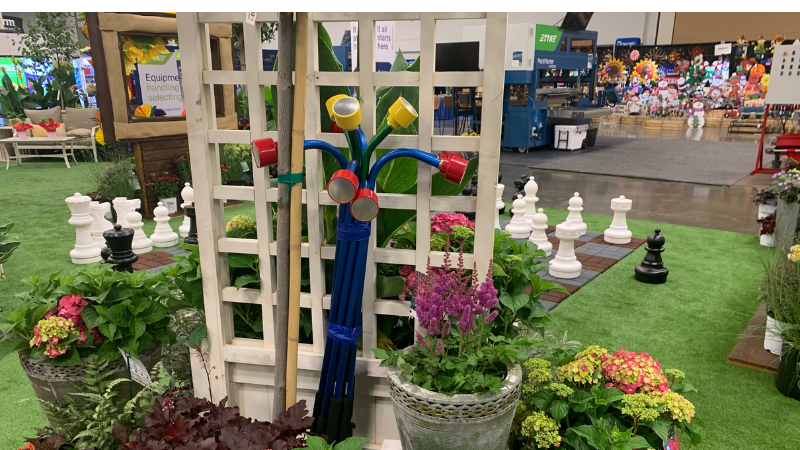
Give your tool displays a tune-up
L&GR: What trends are you seeing in tools/equipment — are there other accessories you offer/are considering offering in the future?
Ryan Amberg, general manager of the Felco subsidiary covering North America: Over the past few years, we have launched the most tools in Felco’s history. Thanks to a post-pandemic demand for quality over disposable products and review culture, the Felco brand has been spurred forward due to its reputation for best-in-class products and extreme durability.
Two key product launches, however, have grown at a rapid pace. The Felco 14 was launched a few years ago and is specifically designed for small hands. This tool provides as much cutting capacity as our medium product by improving on blade geometry and ergonomics. This means homeowners, gardeners and professionals with smaller hands can enjoy increased productivity and reduced strain during use. Specifically, this resonates with our many female users who benefit from the strength and comfort of this tool matching their hand size.
The second rapidly growing product is our new Snip line. We see an increased demand for snip products in garden center businesses. Felco’s snips offer bumpers and a spring that reduces fatigue and risk of repetitive motion injuries. Thanks to these two features and a carbon steel blade that can be sharpened, we have seen the Felco 322 product grow rapidly.
Heidi Dramm Becker, senior vice president and family owner, Dramm: We are definitely seeing a move (back) to valuing quality, well-made products. Quality matters, especially with money getting tighter. Buyers are conveying that people are looking to spend their money on products that will last — to spend wisely and waste less.
On that note, there is also a trend toward environmental awareness and conservation. We’ve found that people are more aware of the value of actually using the shut-off when watering. Dramm offers several different handles and shut-offs so that people can choose the most comfortable grip when stopping and starting the flow of water. We have always prioritized quality in how we make our products. In addition, we stand behind our products with a very good customer service team of three, in Manitowoc, Wisconsin, who will help if something goes wrong.
Greg Niewold, owner, Power Planter: We’re seeing a humongous trend toward DIY-type folks for a couple of reasons: One is social media influencers because everybody sees what they’re doing and wants to do it, too, which is great. I also think the economy is starting to cause people to want to do something themselves. Why would you want to pay the mom-and-pop store or somebody else to do the premade for you? People are finding out that doing the premade on your own is kind of fun and rewarding. So I think useful tools and equipment there is a trend upward overall.
We’re also now manufacturing a product called GroundGrabba for an Australian company. They make [drill-in ground anchor stakes] a lot like our augers, both of which use a cordless drill to install. They have been using them for tents and solar panels and airplanes … you name it. I told him that, all too often in the hort industry, everybody uses a plastic stake for a tree and then the stake breaks off and we leave plastic in the ground. So it’s a very reusable solution for that — and you can use it anywhere you need such an apparatus. It’s very multipurpose.
L&GR: Do you provide fixtures/displays for your products? How do garden centers use them?
Amberg: Felco provides many types of merchandising support. This includes traditional standing displays, mounted displays, locking cabinets and counter displays. Merchandising your premium product lines is key to communicating to your customer base the level of product you are offering. We also offer inline headers for slate and peg walls for easy callout of the brand.
On top of displays, Felco also offers a few unique educational displays to help promote customer education and product knowledge. These include “Try-Me Units,” which are a small collection of our best-selling pruners locked onto a museum-quality display piece, that allow customers to try tools in the set to feel the Felco difference, as well as picking the best tool for their hand size. These displays also offer IGCs that struggle with theft to provide a locked demo set of tools that cannot be removed from the tester. In addition to this, a hand sizer is also available to allow customers to find which tools will fit them best.
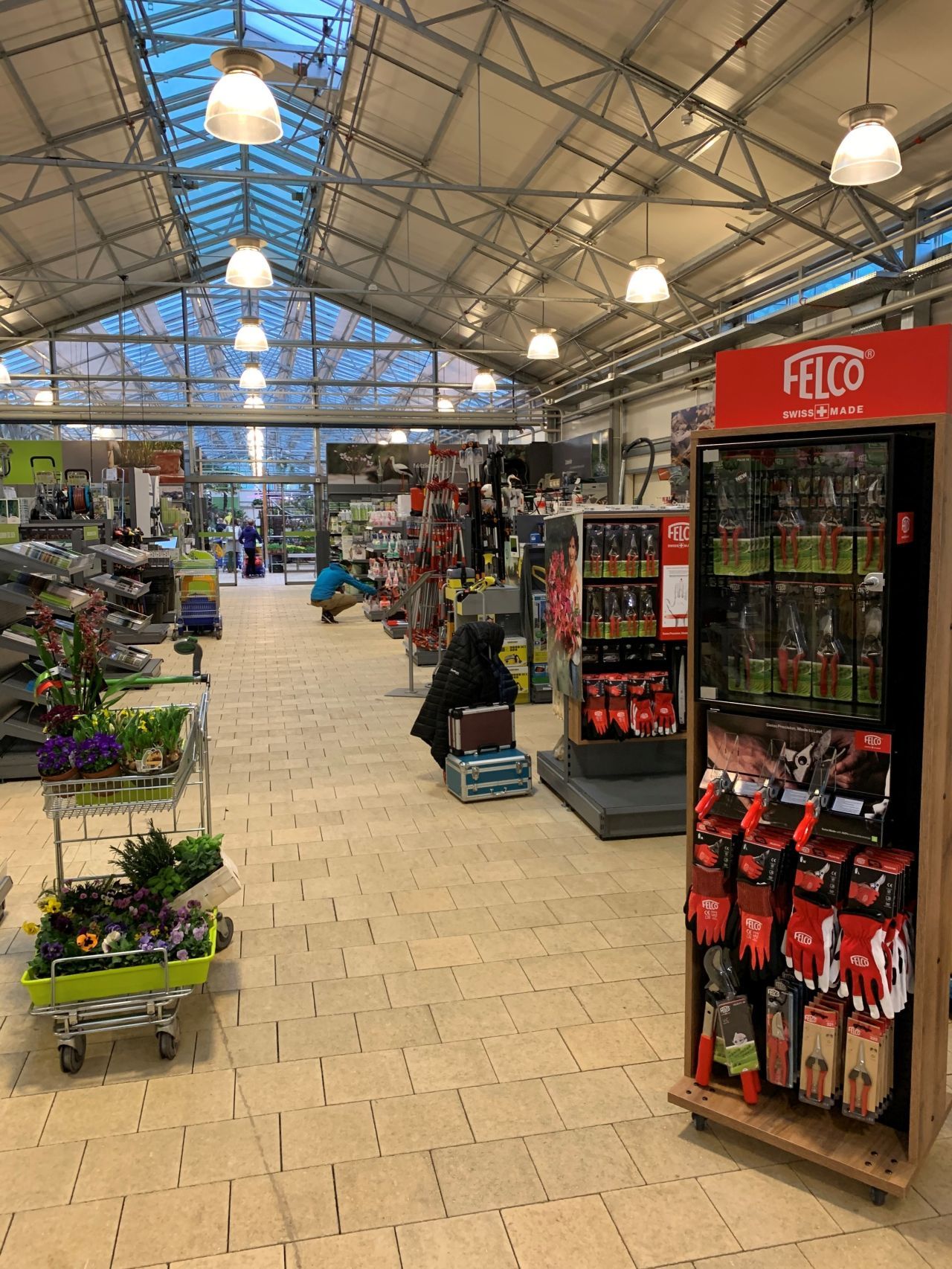
Becker: We do! How do garden centers use them? They use them in any way they see fits best in their particular space. The beauty of our displays are that they are rolling, so they can be moved around. The most effective placement we have seen is inside the greenhouse at the end of a row of benches — right there next to the bedding plants. You can even coordinate your Rainwand or cutting tool with the color scheme of your annuals!
We also have counter displays for cutting tools — compact and regular shears and bypass shears. This is something your customers might not think about needing until they see it, while waiting in line or at the counter.
Niewold: We have freestanding P.O.P. and we also have a shelf or countertop display, and most garden centers use them accordingly. The key is placement. I tell every garden center, every distributor of our augers, anybody that listens, that, if you stick our products next to trowels and shovels, they will sit next to trowels and shovels. If you put them where somebody with a cart or basket full of plants is going to see it with the P.O.P. that shows any average Joe [using it], then the light bulb goes off.
There’s a garden center not far from us that had a terrible experience with Power Planters. When he bought some, I had the placement conversation with him, and then he stuck them in his “tool shed,” as he called it, in the garden center. I talked to him a few times and told him, “You have to put them out there. They’re next to trowels, next to sprinklers, and you have to move them.” He finally, begrudgingly moved them to where I said to and now he goes through five or six displays in a year.
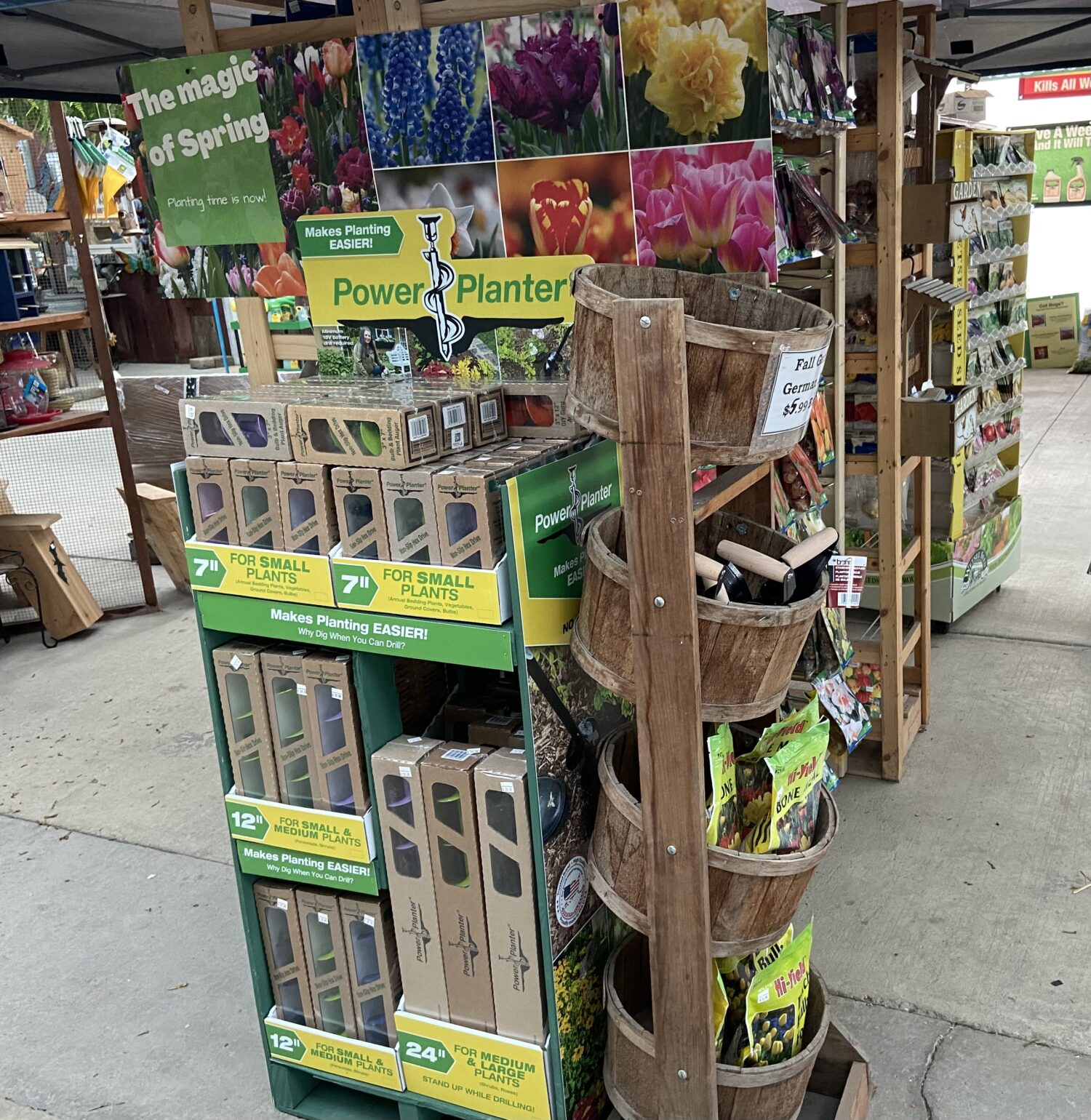
L&GR: What tips or ideas do you have for IGCs to merchandise tools and/or equipment?
Amberg: Dribble before you dunk; fundamentals are key. Yes, it’s basketball verbiage, but I find it true for many of our IGC customers. Start by doing simple organization of product SKUs (organizing by size, price, seasonality), calling out the brand with a header or display and making sure product is placed in a logical location in the store (snips at counter for impulse buys, Felco product gathered in the tool section or garden section). Once you have the basics under control, then it’s adding key product or brand knowledge to the set. This could come in the form of written information, educational displays, tester units, etc.
Becker: I have three: 1) Be practical — place products where people see them and among plants they’ll need them for (put the product where your customers will see it)! 2) Get creative and have fun with them, which will create a playful environment and also draw attention to the product (we took lots of photos at Cultivate of the displays using our products creatively). 3)The biggest tip for any IGCs inventory is keep it clean — no one wants to buy a dust-covered new product, no matter how well made or how colorful.
Niewold: Again, it’s placement, placement, placement, and I think garden centers have to have fun with it.
One thing I always tell garden centers is that if you receive our augers in the early spring, that’s great — put it next to your spring bulbs, but be aware that as soon as the spring bulbs sell out, you have to relocate it to a place where customers are going to see and relate to it (near checkout or at end of the live good area when their carts are full of plants).
As an example: You can put the pruners in the tool department, but wouldn’t it be fun to stick some pruners out somewhere near the shrubs? It makes sense because, if somebody’s out looking for shrubs, that person is going to need a set of pruners. Think about how it’s going to be used, rather than just placing it with the tools.
L&GR: What can IGCs do to differentiate from the big-box stores?
Amberg: Product curation and product knowledge are key. IGCs have a unique position in the consumer space, as they are perceived as knowledgeable category experts. Lean into that story — have staff carry quality hand tools on them so that, when asked, they can point to their favorite products that might even be on their hip.
Also, have product that adds to your IGC’s positioning, that, after it’s sold, builds the garden center’s reputation. For example, after a Felco product is sold, it tends to bring a customer back for parts or to buy another to give as a gift to a family member or friend.
Host maintenance days in your store so customers can come and learn from staff how to maintain their garden tools. This sells parts and accessories, as well as adds value and brings in customers for prolonged periods. This can even be done in the off-season in markets with cold winters by having “Put Your Tools to Bed” events, where customers come and service their tools together.
Becker: The huge advantage that IGCs have is that they are filled with creative employees and owners! The sky’s the limit when creating an eye-catching display with our tools or incorporating our products to draw buyers. They can hang a Rain Wand horizontally over the cash register and have signage hanging below; they can create a gift basket with a small plant, a handheld watering tool, fertilizer, colorful gloves and a cutting tool as gift suggestions, or even have a number of these pre-made for easy gift buying.
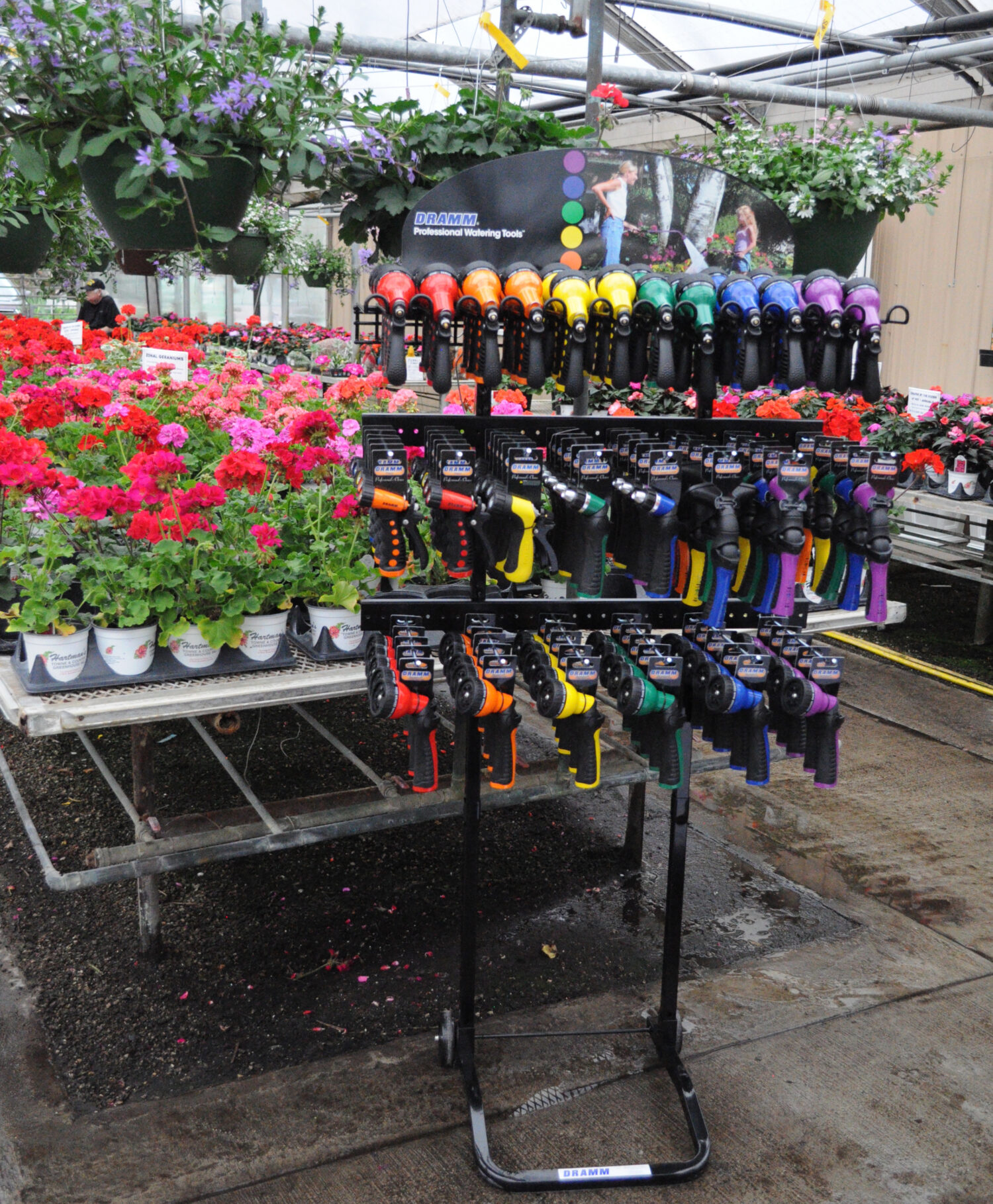
Our colors are so eye-catching that it draws people to choose a fun color that represents their particular personality for their flower care. IGCs also have the advantage of actually using our products in their own greenhouse, so they can recommend the appropriate Rainwand or handheld nozzle variety or garden accessory for the customer’s needs.
IGCs can also have their own signage promoting the fact that we have an in-person customer service team if needed.
Niewold: We have some IGCs that will do demos, and some IGCs that actually rent our products out for a weekend. Jenny and Jerry Simpson at Creekside Nursery [in Dallas, North Carolina] just had a Power Planter workshop last weekend. They did a whole workshop on how to use Power Planner in their nasty North Carolina clay. I think that kind of stuff is awesome — and sometimes, that’s what it takes to get somebody to try something new.
I have some garden centers that will run our augers as a “Buy X and you get the auger at half off or nearly free” because the garden center realizes the customer will use it and have success. And then the customer is going to come back and buy more plants, right? Because the customer might have two hours on Saturday to put plants in the ground. Well, if they’ve allotted two hours and they get done in 30 or 40 minutes, maybe they’ll go have a glass of tea or maybe they’ll realize they have time to put in two extra hydrangeas, and so they go back to the garden center and get the two hydrangeas that they weren’t otherwise going to buy this year and stick them in the ground.
When the question is, “Is this product available at Amazon, Home Depot, Lowe’s, whatever,” I would say you always have to be aware of what your competition is doing, but it’s two different conversations. Sure, the big guys are competition, but people don’t go there every time. I go to the same IGC every year with my wife four or five times, and they’re a super successful garden center because their customers trust them.
A great mentor of mine, Nelson Darden, national sales manager for Abbott-Ipco/Classic Caladiums, told me the first time we met in 2017: “There’s one thing you always have to remember: What you are too afraid to do, your competition will do for you.” That goes for both merchandising and how things are done … the IGC can’t be too afraid to try something new or different. They have to realize, while they might be a small mom-and-pop IGC, there are major corporations out there with lots more staff that, if they see an opening, will jump through it. So be willing to take the risk to do something different.
For an enhanced reading experience, view this article in our digital edition.

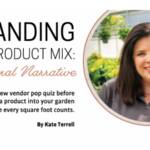
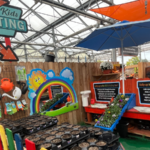
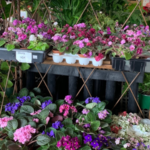


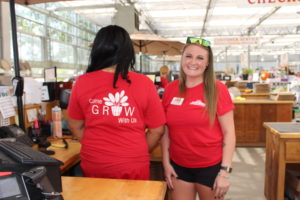
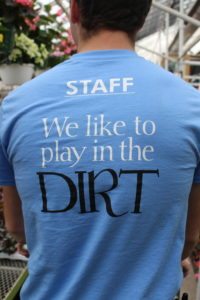
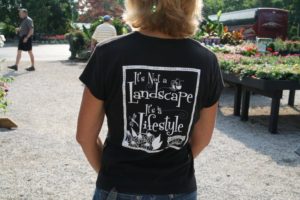
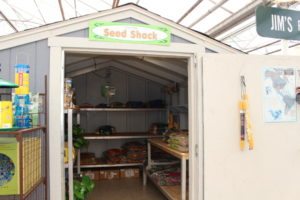
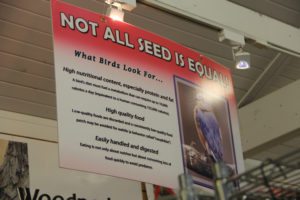
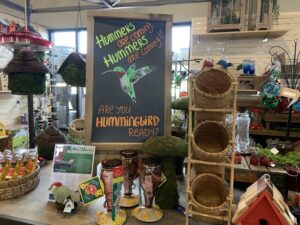
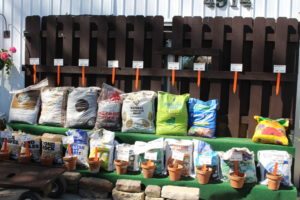

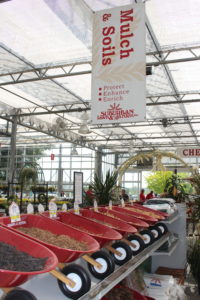
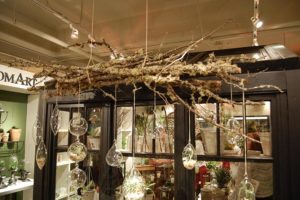
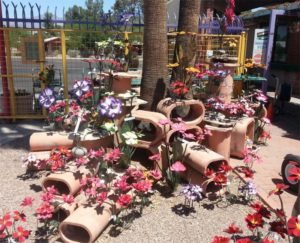
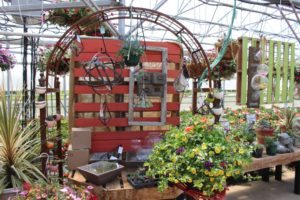
 Videos
Videos





